Entry Category: Campuses and Schools
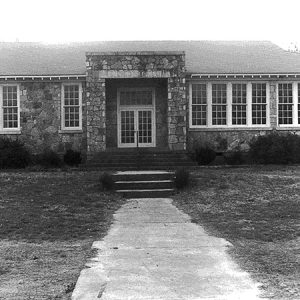 Everton School
Everton School
Everton School
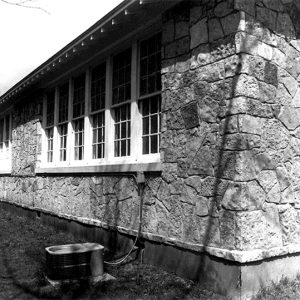 Everton School Detail
Everton School Detail
 Faculty Row
Faculty Row
Fair View School
Far West Seminary
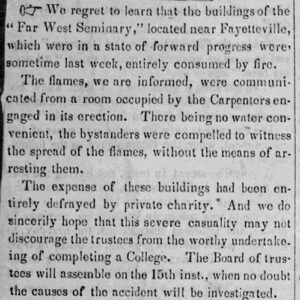 Far West Seminary Story
Far West Seminary Story
 Far West Seminary Story
Far West Seminary Story
Fargo Agricultural School
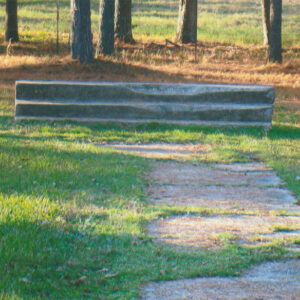 Fargo Agricultural School Ruins
Fargo Agricultural School Ruins
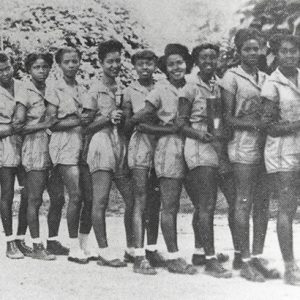 Fargo Basketball Team
Fargo Basketball Team
 Fargo Football Team
Fargo Football Team
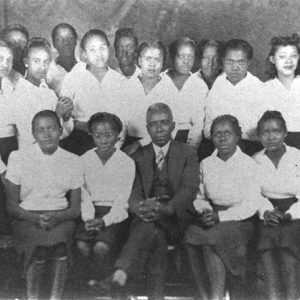 Fargo Girls Chorus
Fargo Girls Chorus
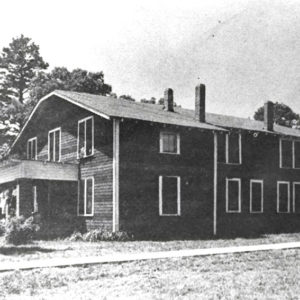 Fargo Girls Dorm
Fargo Girls Dorm
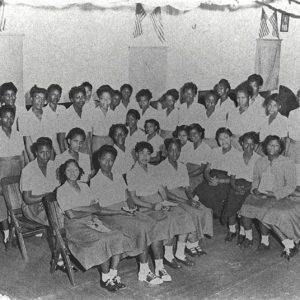 Fargo School Girls
Fargo School Girls
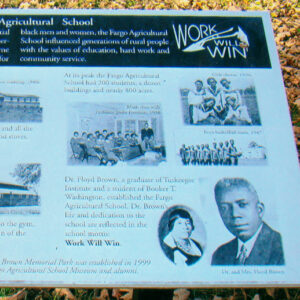 Fargo School Sign
Fargo School Sign
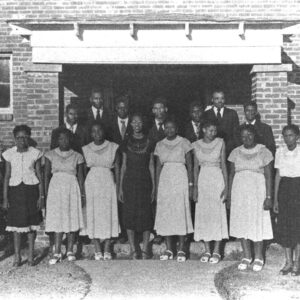 Fargo School Students
Fargo School Students
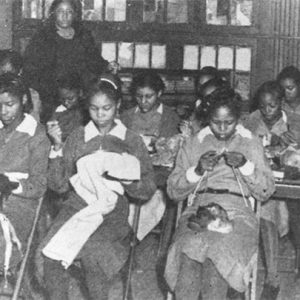 Fargo Sewing Class
Fargo Sewing Class
Fayetteville Female Seminary
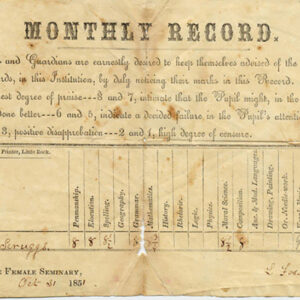 Fayetteville Female Seminary Report Card
Fayetteville Female Seminary Report Card
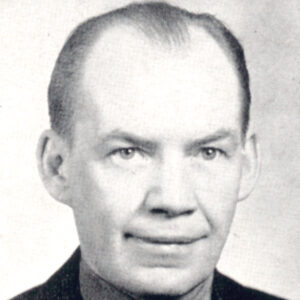 Stewart Ferguson
Stewart Ferguson
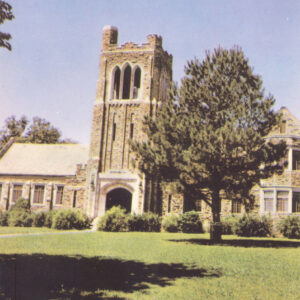 Fine Arts Building
Fine Arts Building
Fishback School
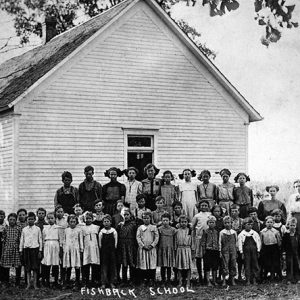 Fishback School
Fishback School
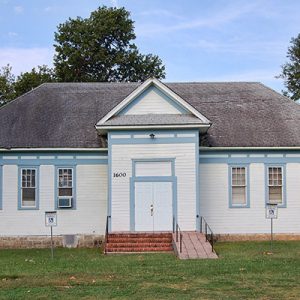 Fishback School
Fishback School
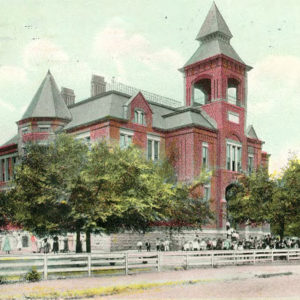 Fort Steele School
Fort Steele School
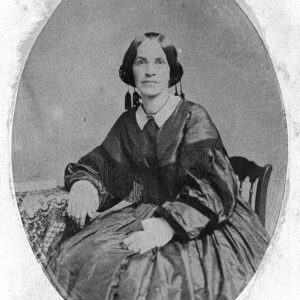 Lucretia Foster
Lucretia Foster
Freedmen’s Schools
Galloway Women’s College
aka: Galloway Female College
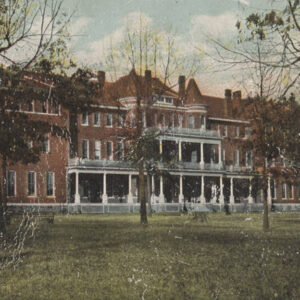 Galloway Women's College
Galloway Women's College
 Barbara Blanks Gathen
Barbara Blanks Gathen
 Girls Dormitory
Girls Dormitory
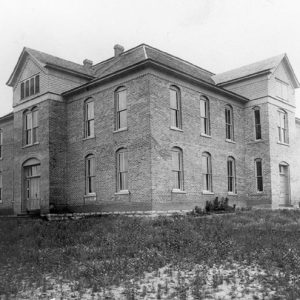 Gravette High School
Gravette High School
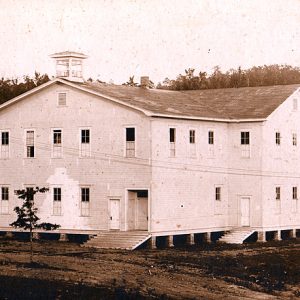 Graysonia School
Graysonia School
Griffithville School
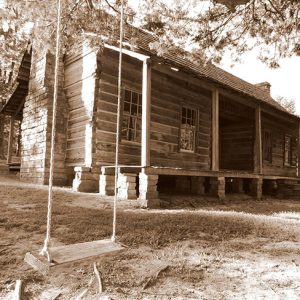 Grigsby House
Grigsby House
Harding University
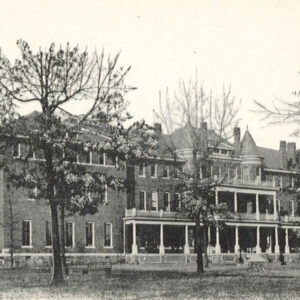 Harding University
Harding University
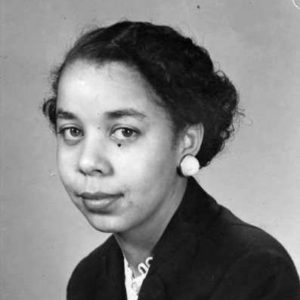 Alice N. Harris
Alice N. Harris
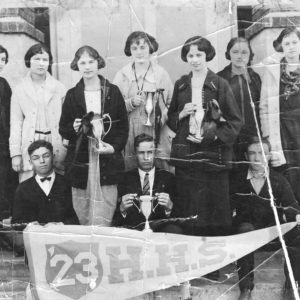 Harrisburg High School
Harrisburg High School
Haygood Seminary
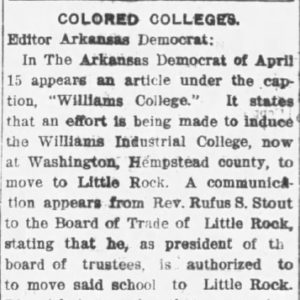 Haygood Seminary Letter
Haygood Seminary Letter
 Hazard Hall
Hazard Hall
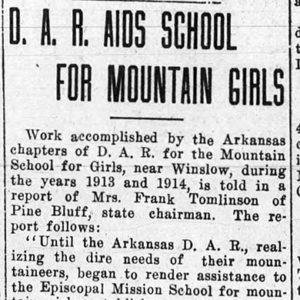 Helen Dunlap School Aid
Helen Dunlap School Aid
Helen Dunlap School for Mountain Girls
aka: Helen Dunlap Memorial School for Mountain Girls
Henderson State University (HSU)
Henderson-Brown College
Hendrix College
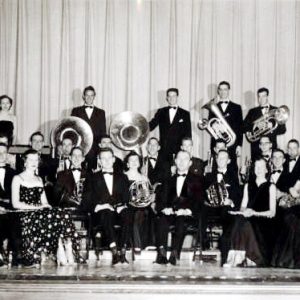 Hendrix College Concert Band
Hendrix College Concert Band




